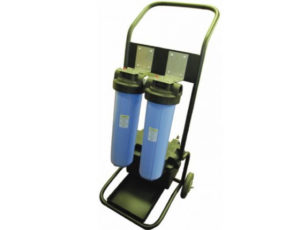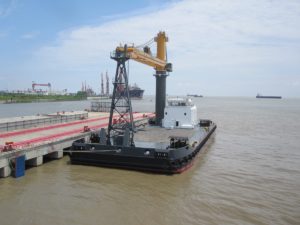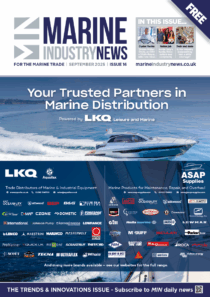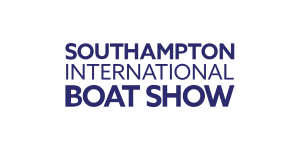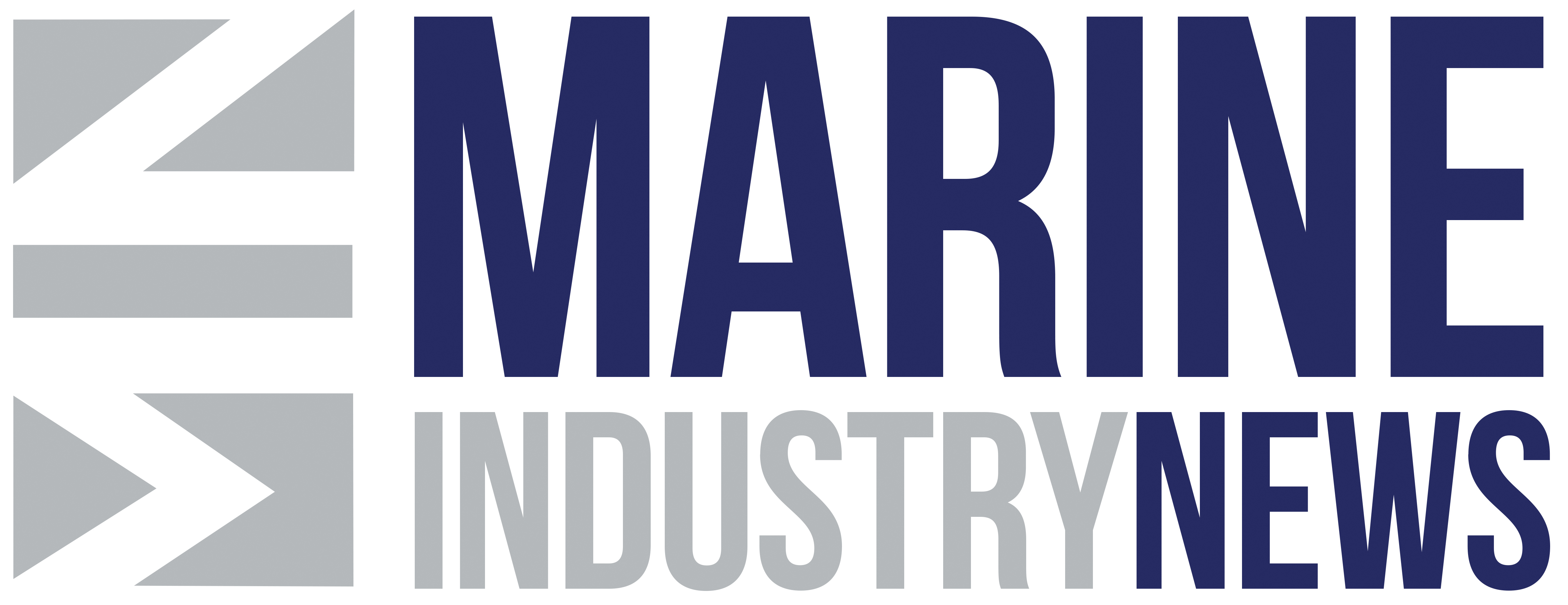Covid-19 vaccination rates are a “threat to marine insurers”
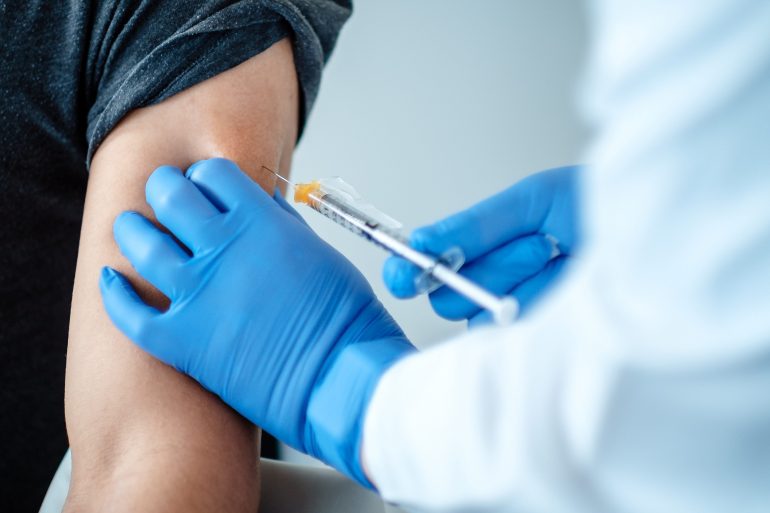
Covid-19 poses an intensifying threat to supply chain resilience, warns Property Claim Services (PCS), and marine reinsurers and insurers should stay vigilant of the potential implications for the risk environment.
Factors such as low rates of vaccination, crews stranded at sea past the end of their assignments, and port accumulations due to pandemic-affected workforces could all lead to changes in potential insured loss results from both manmade and natural events. However, the biggest issue, according to PCS, is the increased rate of Covid-19 infections in the countries that supply most of the world’s seafarers.
Increased Covid-19 infection rates have reemerged as a problem for the marine sector, says PCS. Although levels are lower than they were a year ago, high rates of infection from the Delta variant and low levels of vaccination in key countries could result in worldwide crew shortages, fatigued and stranded crew members, and increased risk of loss for marine reinsurers and insurers.
The concentration risk associated with the seafaring population means that an increase in symptomatic infection or deaths could dramatically affect the shipping industry and therefore the supply chain as a whole.
Only a handful of countries produce most of the world’s seafarers. According to the International Chamber of Shipping (ICS), most come from the Philippines, followed by China, Indonesia, the Russian Federation, and Ukraine.
According to gCaptain, only around 20 per cent of seafarers have been vaccinated. This may significantly exceed vaccination rates in seafarers’ countries of origin, but it remains relatively low compared to developed market regional targets of generally around 67 per cent. This may become a larger issue when unvaccinated crew members have to work in close conditions for long periods of time.
Meanwhile, the World Health Organisation’s total number of fully vaccinated individuals (735 million) puts the world’s overall rate of vaccination at 9.4 percent (based on a population of 7.8 billion). Only the Russian Federation exceeds the global average, with China’s full vaccination rate not available. In the G7 countries, the vaccination rate far exceeds the global average:
- Canada: 54%
- France: 44%
- Germany: 49%
- Italy: 48%
- Japan: 26%
- United Kingdom: 53%
- United States: 49%
When viewed from the perspective of the global supply chain, it’s clear that states with demand for end goods have far higher vaccination rates than the countries providing most of the labour for shipping those goods. As a result, there is a threat to the flow of goods / consumption behaviour in developed markets, and overall global economic health.
Last year, PCS noted that as many as 200,000 seafarers were stranded during the pandemic’s worst effects on the maritime industry. The number of crew stranded past their terms currently stands at half that, but could increase if we are still early in the Delta variant’s transmission cycle.
Current supply chain risks from Covid-19 may not seem as severe as they were last year, but PCS believes there is cause for concern.
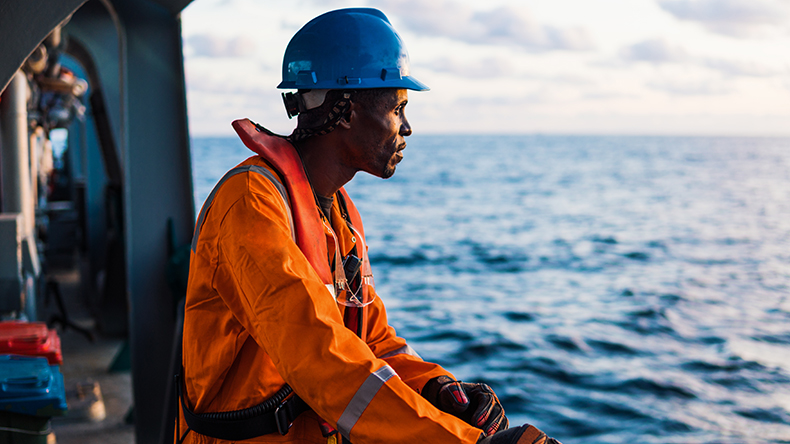
The situation could worsen if case counts continue to increase in seafarers’ home countries, implying a further threat to the pool of available officers and ratings, which exacerbates existing staffing challenges.
The team at VesselTracker, also part of Verisk, notes from contacts worldwide a fear among crew that if you sign up for a one-month term, you could wind up doing a year if the vessel gets quarantined or is forced to remain at sea if a port is shut down (preventing the vessel from gaining access). Even if crew can be found, the time and cost associated with getting them to a particular vessel has increased, along with several risks that impact the ability to arrive at all.
The economic implications of crew shortages are already being felt by businesses and end consumers, from increased shipping costs to higher price tags for goods on shelves. Some of this comes down to the cost of crew, which can be pushed higher by increased day rates and starting bonuses. For the global re/insurance industry, the risks associated with crew being hired in such an environment can be far more significant.
The imbalance between crew availability and demand would generally be enough for re/insurers to note an increased risk environment. A shortage of qualified crew could result in similar situations we’ve seen throughout the pandemic (e.g. stranded beyond one’s term).
Fatigue, eroded morale, and a general sense of the unknown could increase the risk of non-elemental loss events. Re/insurers have remained alert to these and related issues in the marine market throughout the pandemic.
With low vaccination rates in key countries and increased virus transmission (particularly with the Delta variant), the normal risks associated with crew shortages and suboptimal replacement could spike with little notice.

